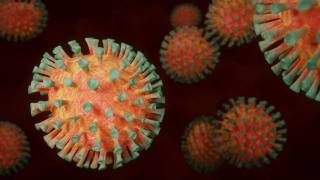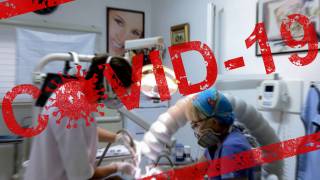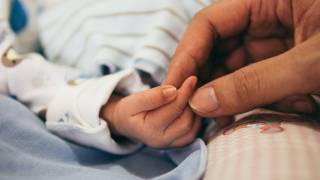London is the UK’s Hottest Coronavirus Spot

The Imperial College London’s nation-wide antibody surveillance study identified England’s leading hot spots for the SARS-CoV-2 virus using self-testing at home.
The REal Time Assessment of Community Transmission (REACT) study reported on August 13, 2020, found that slightly under 6 percent of England’s population had antibodies to the coronavirus by the end of June, an estimated 3.4 million people.
Furthermore, the city of London had the highest number of virus infections reported with over twice the national average (13%), while the South West had the lowest (3%).
Antibodies were found in almost all (96%) of those who had a previous infection. And those who had severe symptoms from the disease were twice as likely to have antibodies than those with no symptoms when they were diagnosed with or suspected having COVID-19 (29% vs 14%).
The REACT study found some good news too.
The overall infection fatality ratio - the proportion of infected people who died - was calculated to be 0.9%, similar to other countries such as Spain.
"Using the finger-prick tests suitable for large scale home testing has given us clearest insight yet into the spread of the virus in the country and who has been at greatest risk,” said Graham Cooke, NIHR Research Professor of Infectious Disease, Imperial College London, in a press statement.
“There are still many unknowns with this new virus, including the extent to which the presence of antibodies offers protection against future infections. These data will have important implications for decisions around ongoing control measures in England.”
This study also observed age differentiations, where young people aged 18-24 had the highest rates (8%) and were more than twice as likely to test positive than older adults aged 65 to 74, who were least likely to have had the virus (3%).
In addition, the researchers found links with deprivation and household size.
People from the poorest areas were more likely to have had COVID-19 (7%) compared to those from the least deprived (5%). And people living in households of more than 7 people were more than twice as likely to have been infected than those living alone or with one other person (13% vs 5%).
Professor Helen Ward, the lead author for the study of population prevalence from Imperial College London, said: “Thanks to the contribution of tens of thousands of members of the public, we have been able to show how the virus which causes COVID-19 has spread across England.”
"We found that people working in care homes and healthcare are at particularly high risk of being exposed to the virus, as are those from Black, Asian, and other minority ethnic groups.”
“We need to do far more to protect people from any future waves of infection.”
Professor Paul Elliott, a senior study author from Imperial College London, said: “Finding out who has been infected by the virus, where and when is vital to be able to understand the pattern and extent of transmission in the community. This study gives a very detailed picture of the pandemic as it unfolded in England in the period prior to and during the lockdown.”
Kelly Beaver, Managing Director – Public Affairs, Ipsos MORI said: “The thorough and rigorous work carried out by Imperial College London …. is the springboard for developing a far greater understanding of COVID-19 antibodies and how prevalent they are in the population through our large-scale antibody study, conducted with over 100,000 members of the public.”
The REACT study will be repeated in the autumn, testing 200,000 people.
REACT has been commissioned by the Department of Health and Social Care, and is being carried out in partnership with Imperial College London, Imperial College Healthcare NHS Trust, and Ipsos MORI.
CoronavirusToday publishes COVID-19 disease pandemic news.
Our Trust Standards: Medical Advisory Committee

























